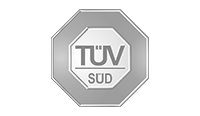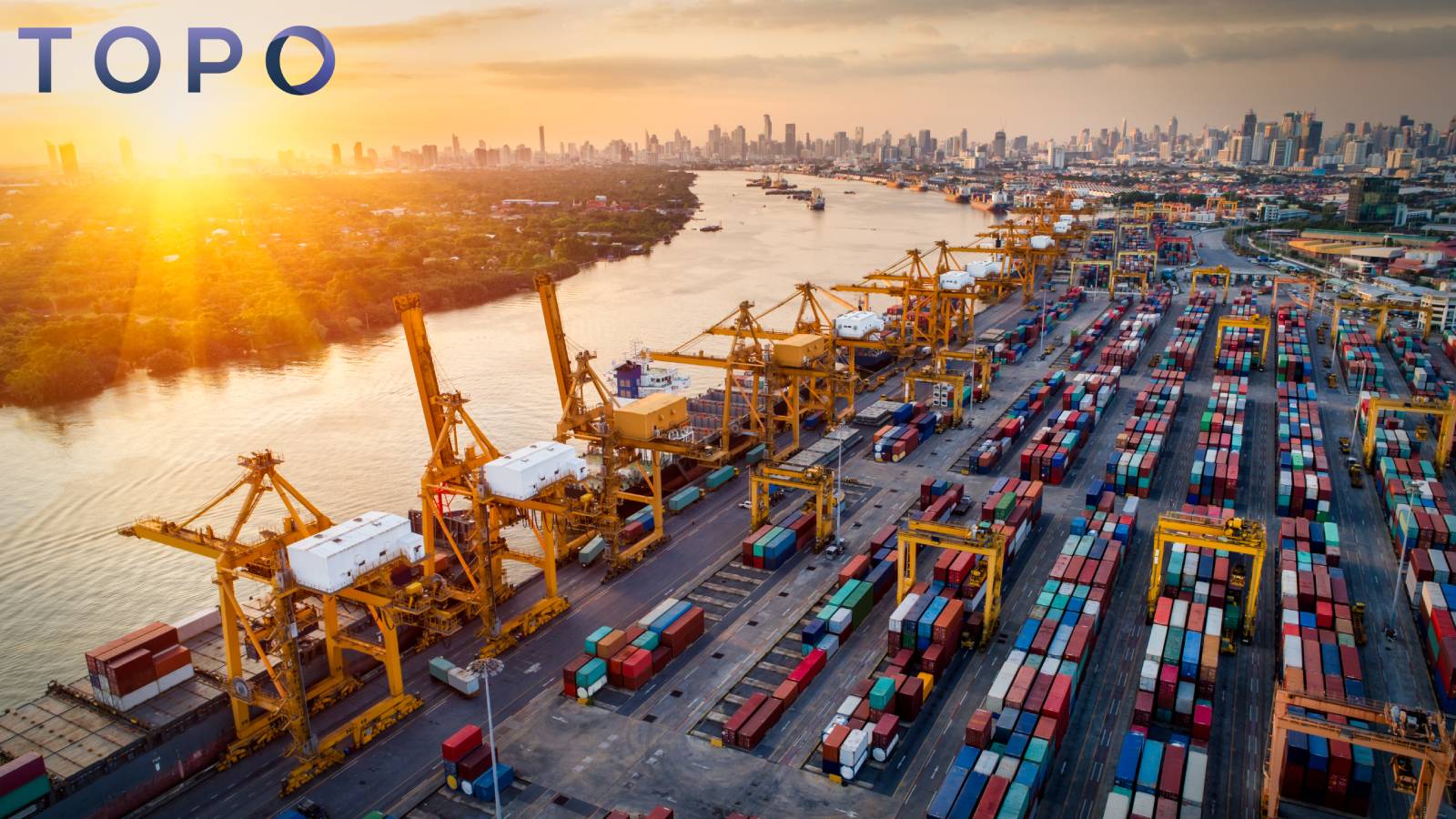Why Supply Chain Disruption Won’t be Stopping Anytime Soon
Over the years, business pressures and competition have caused us to engineer supply chains to be as cost-effective as possible. Globalization lowers prices and moves manufacturing to cheaper countries. “Just In Time” manufacturing means that businesses don’t hold onto as much inventory. Slim profit margins mean suppliers are often operating on a shoestring.
Normally, this isn’t a significant problem. Supply chains are generally adaptable and resilient enough to tolerate minor disruptions over the short term. Unfortunately, the perfect storm of COVID-19, materials shortages, mothballed facilities, and consumer demand fueled by “free money” isn’t a short-term or minor disruption.
Our fragile, global supply chains just couldn’t absorb the shock. Add in one-off, Black Swan events like the Suez Canal blockage or environmental catastrophes, and the repercussions echo throughout our manufacturing and transportation networks.
It can take months or years for things to settle down. In the meantime, we can expect continued shortages—from semiconductors to lumber.
Let’s explore some of the most likely trends in 2022, and how you can manage them.
Trend 1: High Costs for Supply Chain Logistics Increase the Need for Streamlining and Efficiency
One of the knock-on effects of supply chain disruption has been rapidly rising costs to transport, store, and distribute products. Shipping containers in the wrong place, cargo ships losing revenue through idling outside ports, workforce shortages, and increased competition for storage are all damaging the bottom line, forcing companies to reevaluate their current supply chain set-up.
Apart from streamlining their logistics operations, companies everywhere accelerate their efforts to attain efficiencies throughout their supply chains from product development, sample & order management to quality & compliance assurance. Motivations range from ensuring faster speed-to-market, improving cost-efficiencies to the reduction of non-value adding activities to remain profitable and eventually overcome the current supply chain disruptions.
How to Reduce Supply Chain Costs through Greater Awareness
One powerful way to reduce costs is through increasing transparency and oversight in every part of the supply chain. Complete end-to-end supply chain transparency coupled with the digitalization of your processes will enable your business to eliminate waste activities and identify new opportunities for value creation, saving you precious time and resources.
It’s difficult to understand expenses in isolation—a combination of raw material and manufacturing costs, variable pricing such as fuel and spot rates, and hidden expenses like tariffs and exchange rates make end-to-end costs extremely hard to predict.
Collecting and analyzing these insights will help you take advantage of economies of scale, giving you a strong position for negotiating better rates and driving down unnecessary activities, expenses and cost leakage.
Trend 2: Digital Technologies and Automation Create New Opportunities and Competition
Disruptive technology is forcing enormous changes for supply chain companies that want to stay competitive. Some of these changes come from the evolution of our global communications networks—the widespread adoption of 5G will revolutionize IoT devices and data management for supply chains.
Other changes come from fierce competition between supply chain companies. Investing in automation, both hardware/robotics and software is now just a starting point for meeting increased customer demands. Further, as the on-going supply chain disturbances have shown, businesses need the capability to identify early indicators ahead of risk events and to act proactively to mitigate those risks before they become a disturbance.
We’re seeing disruption across multiple technology frameworks, from AI and virtual reality to cloud computing, automation of risk management and data processing.
How to Take Advantage of Automation through Your Digital Supply Chain Management Tools
Automation adds value across the whole supply chain. Digital supply chain platforms like Topo take advantage of automation to reduce the human impact of low-value, repetitive admin tasks. Cloud-based software allows for effortless collaboration across multiple supply chain partners, allowing you to maximize productivity and ensure the smooth flow of data and products.
Further advanced supply chain platforms such as Topo can help you to automate your risk management. Consistently monitor your processes, analyze sources of risk & even automate corrective actions before an incidence occurs, greatly limiting your companies risk exposure.
Trend 3: Compliance and Regulations Place Heavier Legal Burdens on Supply Chains
Governments, agencies, and other legislative bodies are introducing regulations to increase accountability and compliance throughout the industry. These regulatory frameworks can target many different aspects of the supply chain: Boosting security, enhancing corporate social responsibility, avoiding financial fraud, or ensuring businesses meet their ESG commitments.
These compliance certifications and audits all add to a supply chain business’s overhead and reporting, putting intense pressure on ordinary supply chain software to adapt quickly to an increasingly volatile environment.
How to Reduce Your Supply Chain Compliance Burden
The Topo digital supply chain platform can reliably track your progress towards meeting your regulatory and compliance goals. This includes helping you to carry out audits, prioritizing quality assurance, certificate management, and measuring KPIs to ensure you don’t breach any compliance thresholds.
Topo’s low code app builder allows your business users to build and make changes in your organization’s interfaces, workflows & templates by themselves without the need of a developer saving you precious time and resources.
Trend 4: Environmental and Sustainability Concerns Will Remain Top-of-Mind for Supply Chain Companies
Global supply chain networks need to do more to bring emissions down, reduce waste, and improve environmental stewardship. This is being driven by existing and upcoming climate change legislation together with consumer pressure and environmental awareness.
Supply chain companies have multiple areas to focus on: Emissions reduction, ethical sourcing of raw materials, limiting pollution, management of chemicals, and reducing and recycling packaging to name a few. Certainly, these trends will only increase as climate change and sustainability become ever more important.
How to Track and Manage Sustainability in Your Supply Chain
Topo will revolutionize your CSR management. Collaborate with all of your stakeholders and gather the environmental data & certificates you need to gain a complete understanding of your organization’s ecological footprint. Use Topo’s advanced analytics function to gain holistic insights to address your most pressing ecological bottlenecks and never lose track of your ecological corrective actions.
Trend 5: Continuing Travel Restrictions Continue to Make Sourcing Difficult
Although we’ve seen a reduction in COVID-related lockdowns, travel remains risky. At the same time, China’s efforts to bring the coronavirus under control through a “zero-COVID” strategy mean strict enforcement throughout much of that country. This means it’s much more challenging to source parts and products or to stay aware of new goods that are coming down the pipeline.
How to Stay on Top of Supply Chain Sourcing
Topo’s digital sourcing tool transforms your buying and production management processes, regardless of industry. Topo helps you to easily capture and exchange product information and ideas at trade shows and showrooms without accumulating piles of paper and eliminating the need for travelling.
Unauthorized side channels such as WeChat, Whatsapp or FB Messenger often lead to a loss of oversight. Topo’s integrated messenger chat will let you keep track of all of your business-relevant communication on a business object level ensuring you will never lose sight of important information.
Topo Helps You to Manage Disruptive Supply Chain Trends
Here at Topo, we watch all of these trends closely and use our insight to build the features and capabilities that our supply chain customers need:
- Flexible and agile software that meets changing regulations, consumer behavior, legal, and environmental pressures.
- A low-code app builder for quickly prototyping and deploying customized solutions for unique use cases, regardless of industry.
- Digital tools to visualize and transform supply chain sourcing & communication through virtual reality and other cutting-edge technologies.
- Integration and collaboration for remote data and process management across all supply chain stakeholders and partners.
- Automation and data analysis for immediate insight, risk management and supply chain transparency.
- Management over the entire product journey, from sourcing, product development, sample management, ordering, and production to quality, compliance, and sustainability management.
- Strong CSR and ESG management with full environmental and sustainability tracking.
Contact us today and see how we can help you navigate disruption in 2022 and beyond.
















